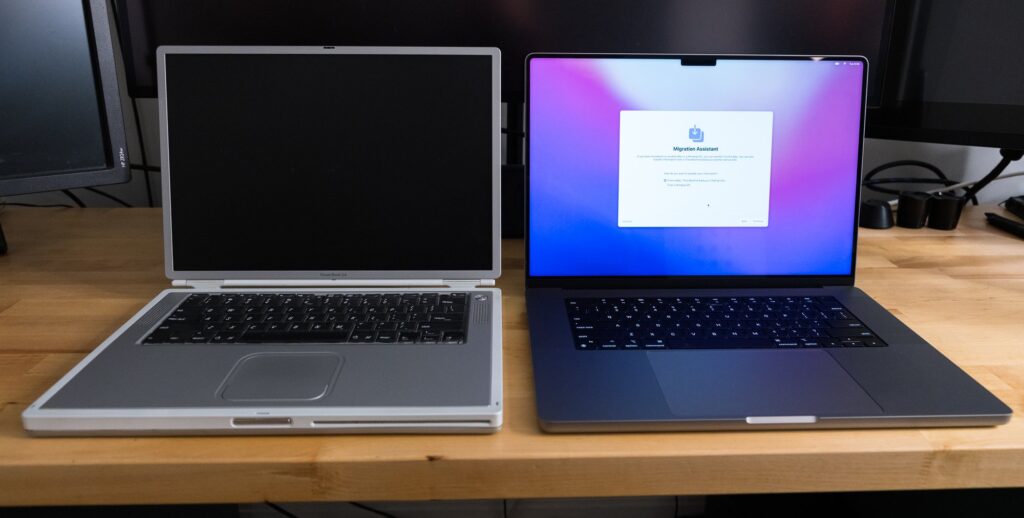The concept of green lines has been around for a long time. In the past people did not pay much attention to how their actions affected nature. Many cities grew without thinking about the importance of green spaces. This led to pollution and the loss of many plants and animals. However as awareness grew people started to realize that green lines were necessary. They understood that protecting nature is as important as building homes and schools. The introduction of the Green Lines MacBook software helped city planners visualize and analyze green spaces better.
Over the years various laws and guidelines have been created to support green lines. These rules help governments and communities decide where to place green lines. They also help protect parks and wildlife areas. In the past it was difficult to keep track of these areas but technology such as the Green Lines MacBook has made it easier. Now planners can use maps and apps to see where green lines should go. This makes the process more efficient and allows everyone to have a say in preserving our environment.
Types of Green Lines
There are different types of green lines that serve various purposes. One common type is the urban growth boundary which shows where a city can expand. These lines help keep cities from spreading too far into nature. They encourage building within certain areas which helps protect farmland and natural habitats. Another type is the conservation area boundary which protects special places where rare plants and animals live. Understanding these boundaries is essential for anyone interested in nature and city planning.
The Green Lines MacBook can help people learn more about these different types of green lines. With its user-friendly interface students and city planners can easily access maps and data about green spaces. This knowledge allows communities to work together to ensure these lines are respected. Each type of green line plays a unique role in keeping our environment safe and it’s essential for everyone to understand their significance.
The Role of Green Lines in Urban Planning
Green lines are crucial in urban planning because they help balance nature and development. When cities grow it’s essential to protect green spaces for recreation, wildlife and air quality. Green lines guide planners in creating parks and green belts which improve the quality of life for residents. This means people can enjoy outdoor activities and animals have places to live. The Green Lines MacBook offers tools for urban planners to visualize these areas effectively making their work easier and more efficient.
Moreover green lines help prevent urban sprawl which is when cities spread into natural areas. By establishing clear boundaries cities can focus on developing within their limits. This leads to better use of resources, reduced traffic congestion and improved community well-being. The integration of technology like the Green Lines MacBook allows planners to share their ideas with the public ensuring everyone has a voice in how their city grows. This collaborative approach helps create better urban environments.
Ecological Benefits of Green Lines
Green lines provide numerous ecological benefits that contribute to a healthier planet. They protect essential habitats for many species allowing them to thrive without the pressures of urbanization. When green spaces are preserved they also help maintain biodiversity which is crucial for a balanced ecosystem. The presence of green lines ensures that plants and animals have safe areas to live, feed and reproduce. This is important not just for wildlife but for humans too as healthy ecosystems provide clean air and water.
Additionally green lines help combat climate change by acting as carbon sinks. Trees and plants absorb carbon dioxide which is a significant contributor to global warming. When cities maintain green areas they can reduce their overall carbon footprint. Tools like the Green Lines MacBook can help monitor these ecosystems allowing communities to understand their environmental impact. By using technology to track changes in green spaces we can better appreciate their importance and work together to protect them.
Challenges in Implementing Green Lines
While green lines are essential there are challenges in implementing them. One major issue is the conflict between development and conservation. Sometimes developers want to build in areas that have been designated as green spaces. This can create tension between community needs and environmental protection. It’s essential for city planners to communicate clearly with residents about why these green lines are important and how they benefit everyone. The Green Lines MacBook can assist in showcasing these benefits visually helping people understand the value of preserving green areas.
Another challenge is funding and resources. Implementing green lines often requires significant investment in planning and maintenance. Not all communities have the same resources to support these efforts leading to inconsistencies in how green lines are created and maintained. Engaging the public in these discussions is crucial as communities can come together to advocate for funding and support for green projects. The use of tools like the Green Lines MacBook can also attract interest and investment helping communities overcome these challenges.
Case Studies of Successful Green Line Initiatives
There are many successful examples of green line initiatives around the world. For instance cities like Portland Oregon have established urban growth boundaries that have successfully contained urban sprawl. This approach has preserved surrounding farmland and natural habitats while promoting denser, more sustainable urban development. The success of Portland’s green lines has inspired other cities to adopt similar strategies. By using tools like the Green Lines MacBook city planners can analyze the outcomes and share best practices with others.
Another example is the creation of green belts in cities like London. These green spaces serve as lungs for the city providing fresh air and recreational areas for residents. The establishment of these green lines has improved the quality of life in London allowing citizens to escape the hustle and bustle of urban life. With the help of technology including the Green Lines, MacBook planners can visualize these initiatives making it easier to present their benefits to the community and attract public support.
Future Directions for Green Line Policies
The future of green line policies looks promising as communities continue to recognize the importance of protecting natural areas. Innovations in technology will play a vital role in shaping these policies. Tools like the Green Lines MacBook can provide real-time data and analysis helping planners make informed decisions. By utilizing advanced mapping and modeling techniques cities can adapt their green line strategies to meet the needs of a changing environment and population.
Moreover as public awareness of environmental issues grows communities will be more inclined to support green line initiatives. Grassroots movements and local organizations can advocate for stronger policies that prioritize green spaces in urban planning. Collaboration between government agencies, nonprofits and residents will be essential in creating effective green line policies. The future of urban environments depends on our ability to blend technology, community engagement and ecological understanding to create healthier greener cities for everyone.
Conclusion
Green lines are essential for creating sustainable cities and preserving nature. They help define boundaries that protect green spaces, promote biodiversity and improve our quality of life. The role of technology such as the Green Lines MacBook cannot be underestimated as it aids in planning and managing these important areas. By understanding the significance of green lines communities can work together to advocate for policies that prioritize the environment.
As we move forward it is crucial to continue supporting green line initiatives. By engaging with the community and utilizing modern tools we can ensure that our urban landscapes remain balanced and healthy. Together we can make informed decisions that respect both human needs and the natural world creating a brighter future for generations to come.



